The Stebbins Cold Canyon Reserve is an interesting site to visit in the Spring. Close to Lake Berryessa in the coastal range of Northern California, you have a couple of options. You can take the short hike up and back down the canyon for a relatively easy (and interesting!) hike, or you can go up the canyon and then climb up to the top of the nearby ridge for a more strenuous hike with some great views.
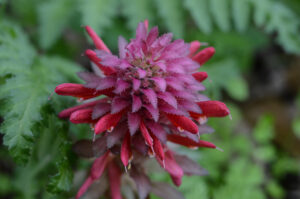
We’ve done the shorter canyon hike in the past, accompanied by our young grandson. It is a great family hike, hard enough for some exercise but not too hard for smaller kids. Lots of families take this hike. In the Spring there usually is water in the creek, which is a fun diversion when the kids get tired of just hiking.
This time (since we didn’t have any grandkids along) we decided to continue up and go the full loop, which is certainly more strenuous. We were pleasantly surprised by the diversity of wildflowers in the canyon itself, and there was a very different assortment in the higher part of the trail that we wouldn’t have seen if we didn’t continue to the higher part.
Note: Click on any photograph to see a larger image.
The Hike
Detailed information on this area can be found at the UC Davis Stebbins Cold Canyon Reserve website.
There are two portions to this trail, you can decide if you want the relatively easy hike, or the very energetic hike. Fortunately, the easy hike has the most flowers.
The easy portion is the “Homestead Trail”, which heads up the canyon for a bit over a mile. At this point you can turn back and return to the start, so the the total is a bit over two miles.
However, if you don’t turn back, you can continue on to the “Blue Ridge Loop Trail”, which is an additional four miles, for a total of five.
The trailhead is at the base of the canyon, at Highway 128 west of Winters. You start off going uphill into the canyon, more or less running along Cold Creek on the Homestead Trail.
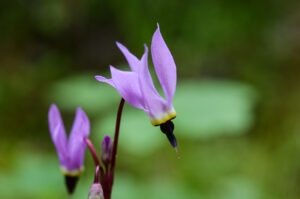
The trail isn’t difficult, although there are a few places where you may scramble over the rocks. It is well marked, but there are a couple of branches to the harder trails (we haven’t hiked the Pleasants Ridge trail that heads off to the east). One warning, though – there is a LOT of poison oak in this area, right up to the trail. Stay on the trail!
The nice thing about this trail is that you don’t NEED to go off trail to find the flowers, they are scattered about all along the way. Just keep your eyes open so that you don’t miss anything interesting. This is a nice hike that has a fair amount of shade from trees along the way.
At marker 24 there is a short side spur in the trail that leads to the creek. There may be some nice pools there, and on this trip we saw several California Newts swimming lazily around the rocks. I didn’t think we would see them, it was a bright and sunny day, but if you are patient you may find them (this isn’t a great picture, taken through the water).
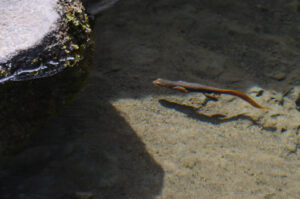
The Homestead Trail ends at, surprisingly enough, the Homestead. You’ll see the rocky remains of a farmhouse and cold storage shed from the late 1930’s. At this point you have a choice to make – turn around and head back downhill (completing the two mile hike) or continuing on further up the Blue Ridge Loop Trail, for a total of five miles. If you have small children with you, I recommend heading back down the way you came.
Keep in mind as I describe this next section that this was my first hike of the season, and that I’m getting older.
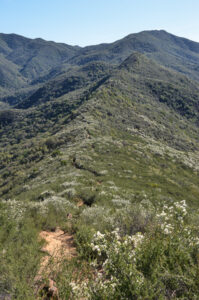
Starting up the trail from the homestead you have a fairly steep climb. THe trail is well maintained, you’ll be climbing up a long serieis of stairs. Steep stairs. Fortunately, there are a number of flowers to find along this section, so there is ample opportunity to stop to take a picture (catch your breath). You are still mostly in the trees, so it isn’t too hot and exposed. I did find this section very strenuous.
The next section is higher on the ridge, and more exposed. You start to see more Manzanita, and a lot of Ceanothus (which was wonderful, covering the hillsides with fragrant white blossoms). Not many steps, now you are heading up a narrow track that runs right along the ridge. In some cases you are looking at a drop off from both sides of the trail. A wonderful view both ways! However, you are still climbing (the trail gain is roughly 1300 ft) and it is again very strenuous. A different collection of flowers up here, including quite a few Paintbrush. I was watching the Turkey Vultures overhead, but they weren’t circling around me yet.
After climbing up to and along the ridge, you get to the “bouldering” section. Slow going, the trail leads you across rugged rocks right on the top of the ridge. Very wonderful views, and still more flowers. You have to pay more attention to your feet because of all the rocks – and to take note of where the trail actually goes. We only got off track one time. Now I’m watching the Turkey Vultures circle nearby – not overhead, we were actually looking down at them flying below us.

After this the trail heads back down – more steps along the way. I’m not sure which I like the least, going up these steps or heading down the steps. My wife made good use of her trekking poles. This section runs across a more exposed hillside, and even here we found a different collection of flowers.
I don’t want to make this sound too bad. I have to admit that I wasn’t quite prepared for a hike quite this energetic, but it was VERY enjoyable and I was surprised by the variety of wildflowers that we found. If we hadn’t taken the Blue Ridge Loop trail we would have missed some wonderful flowers, and views. I’ll also note that even the high trail had quite a few hikers – many who were passing us by, and even some runners.
Timing is Everything
The weather was excellent, a clear sunny day with temperatures reaching the mid 70’s. Since this is in the valley side of the coastal range it can get quite warm and dry in the summer, but the Homestead trail can be quite nice later in the year since it is shaded and protected.
We hiked in early March and found a wonderful variety of flowers. Temperatures were in the mid 70’s and there was just a hint of a breeze up on the ridge. You can come earlier in the year, but you have to watch for wet conditions. You can find flowers from February through September, although the best time would be March/April.
We could see the starts of quite a few lilies and Iris, so April should be very showy but with a different collection of flowers.
Directions
Start off in Winters. If you are in town for lunch I recommend the Putah Creek Cafe, which is well known (and excellent) but on a weekend it can be a long wait to get in. If you are back in time for dinner you should consider the Buckhorn Steakhouse (but expect a long wait if you don’t have reservations on the weekend).
Take Highway 128 west through Winters towards Lake Berryessa. About 8.5 miles west of Winters the highway crosses Putah Creek. Just after the bridge you will see overflow parking for Stebbins Cold Canyon Reserve. The main parking area is just ahead, about 0.2 miles after the bridge, on the right. The trailhead is across the road – watch for speeding traffic as you cross.
There are no restrooms at the trailhead, or anywhere along the trail. If you are thinking about those bushes, keep in mind what I said about all the poison oak…
Stebbins Cold Canyon Reserve Wildflowers
Please feel free to help me with the identification of any “unidentified” flowers listed here, as well as correcting any errors I may make. Click on any photograph to see a larger image. I’ll start with a few favorites, and then the “gallery”.
We found Indian Warrior (see picture at the top of the article) along the Homestead trail, mostly near the top of the trail.
I was surprised to find Foothill Shooting Star throughout the hike. I’m used to it being scarce and only in sheltered places. We found it all along the Homestead trail, and even at the top of the Blue Ridge Loop.
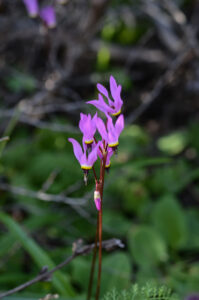
California Pipevine (aka Dutchman’s Pipe) was easy to spot in many places along the Homestead trail.

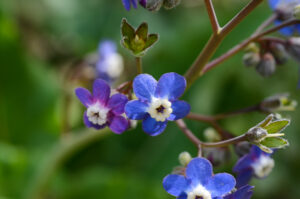
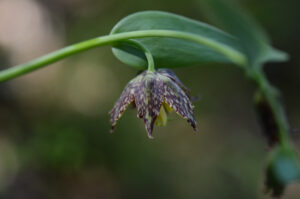
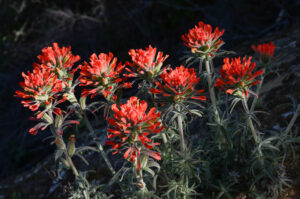
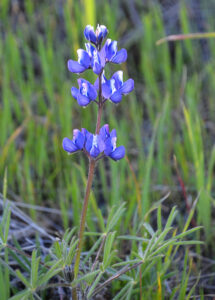


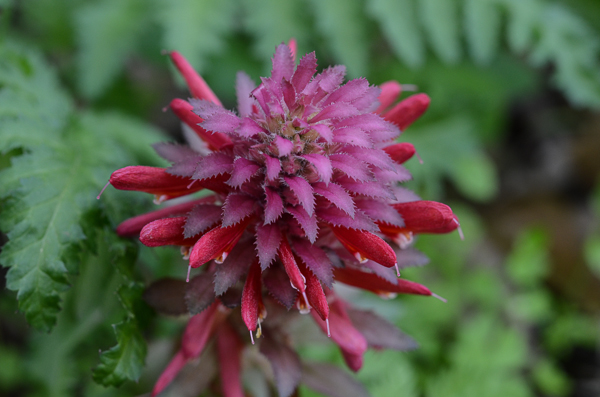
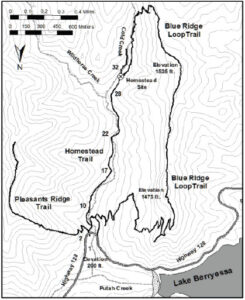


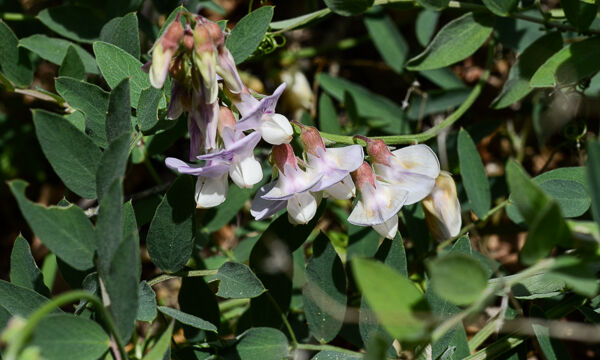
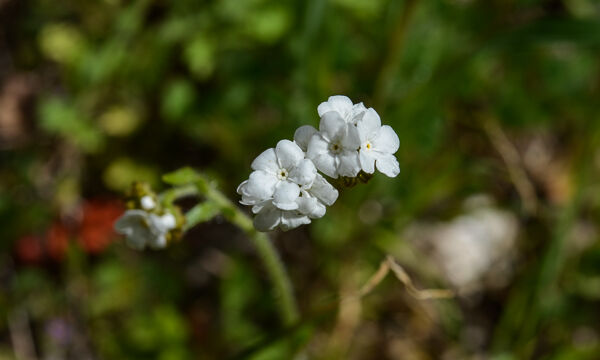
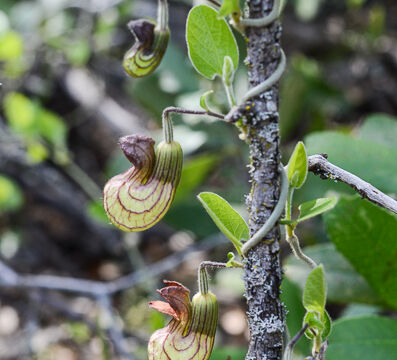
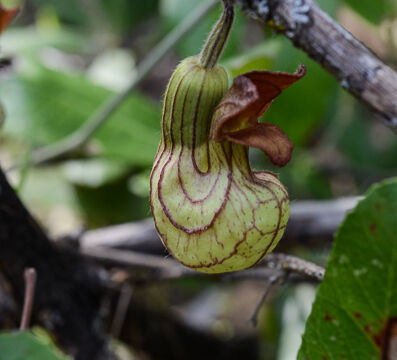
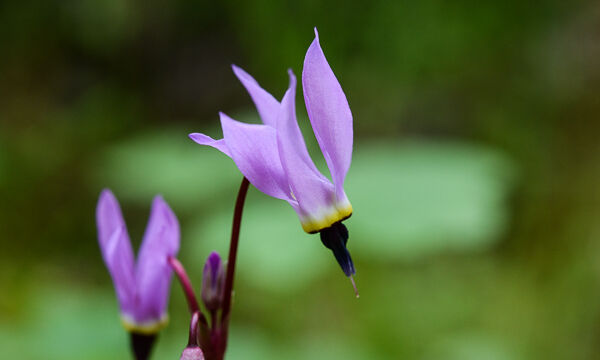
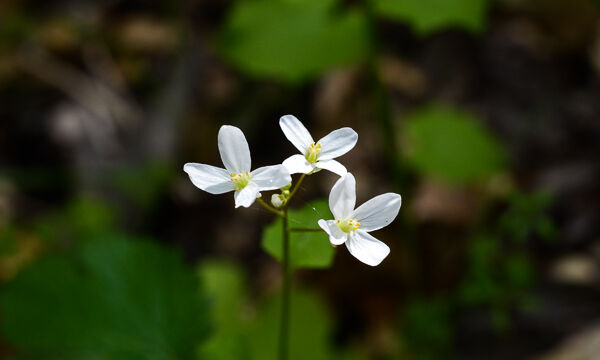
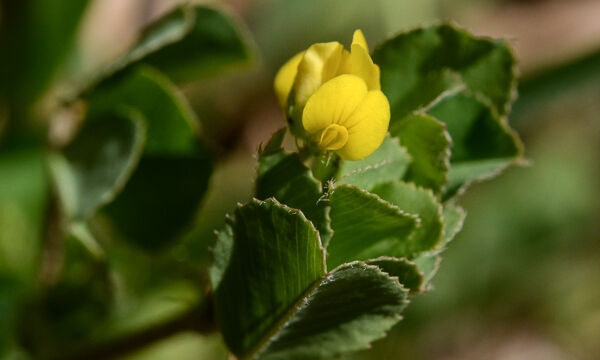
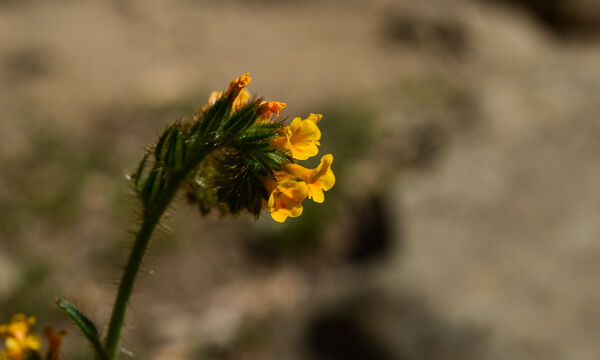
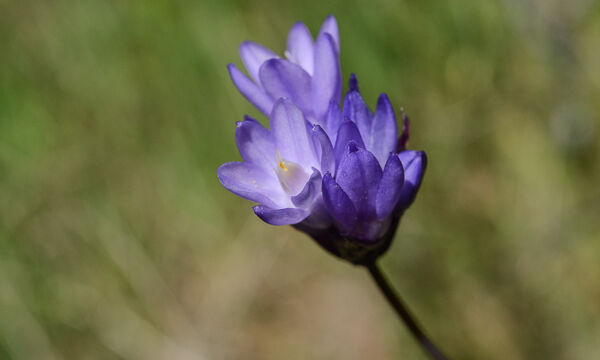

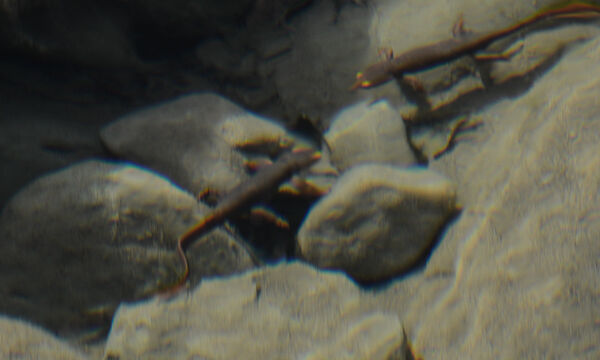
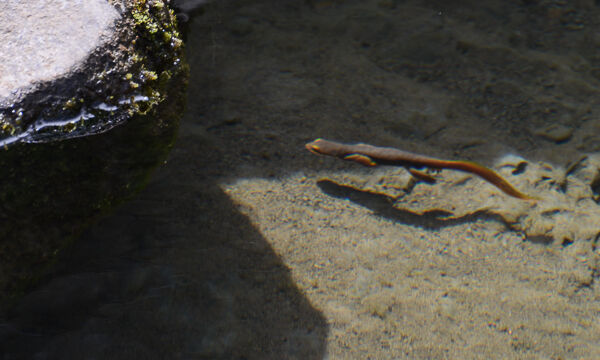
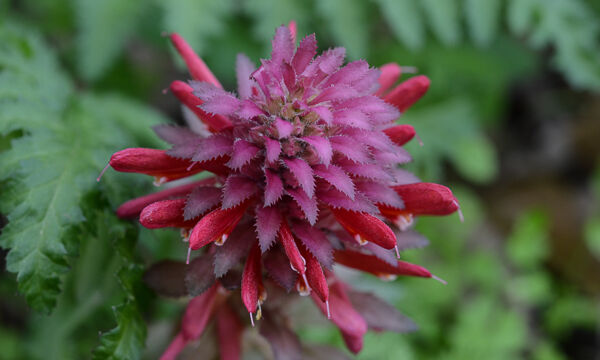
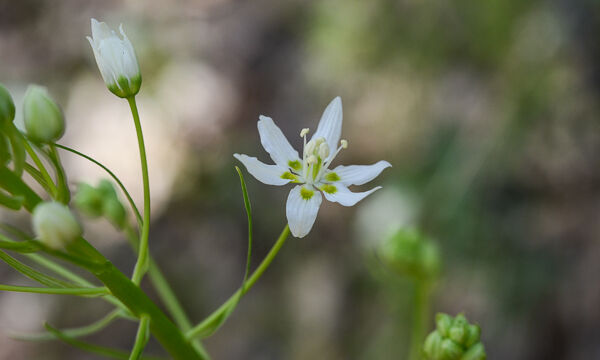
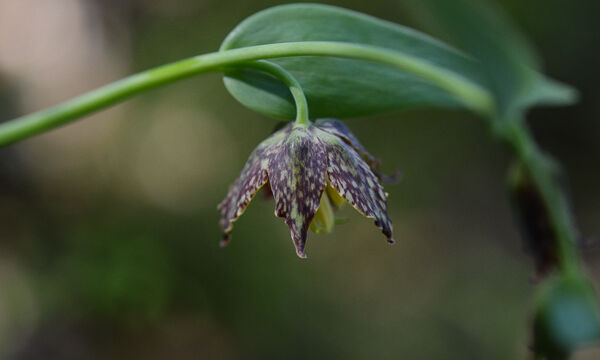
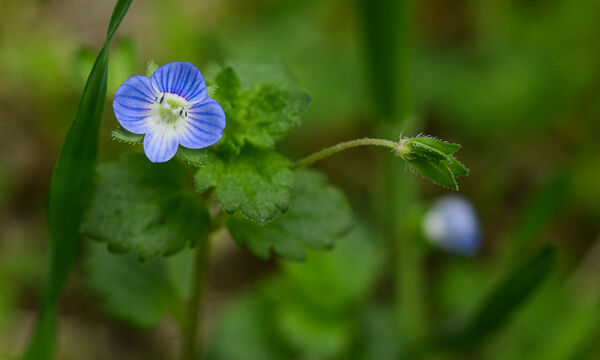
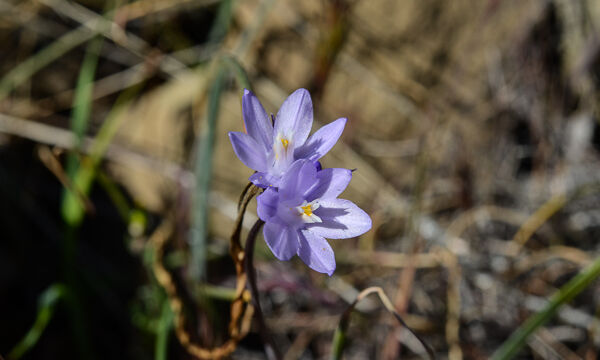
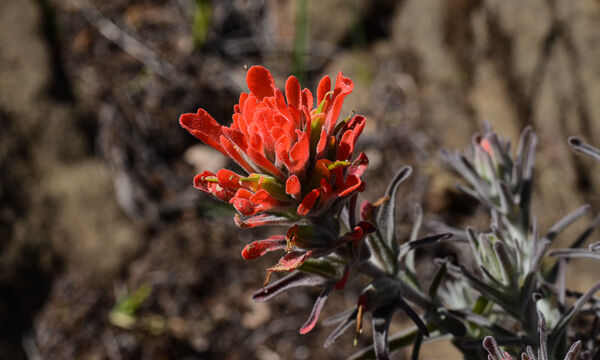
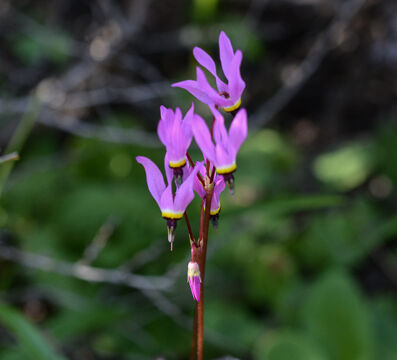
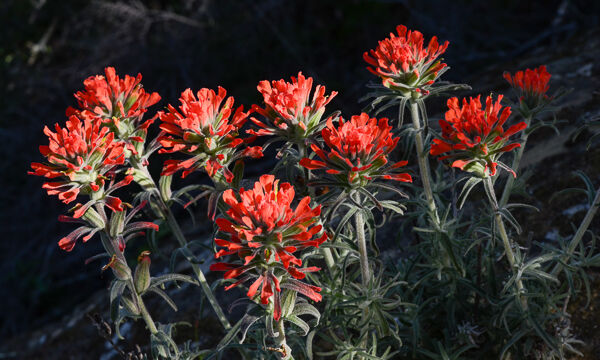
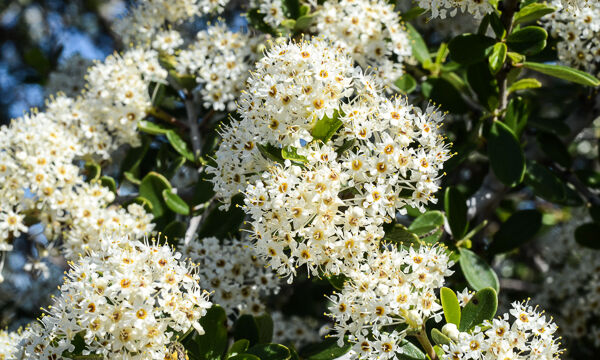
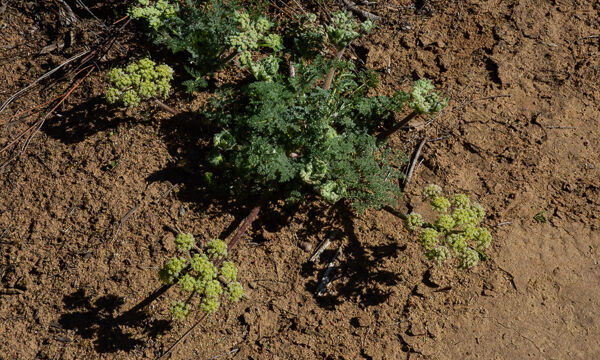
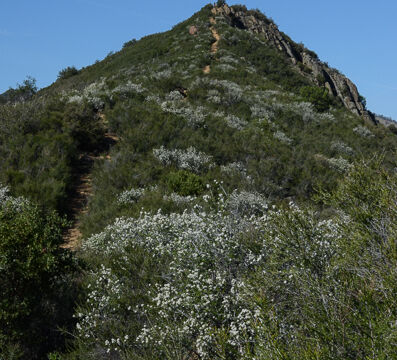
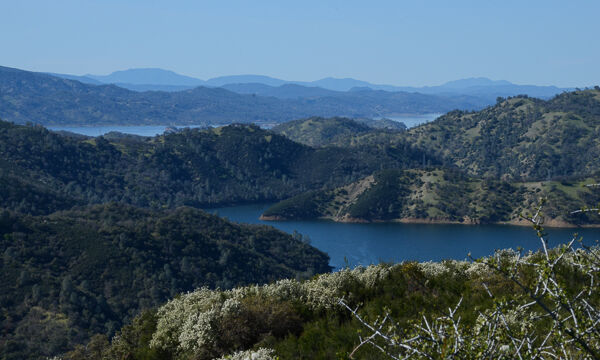
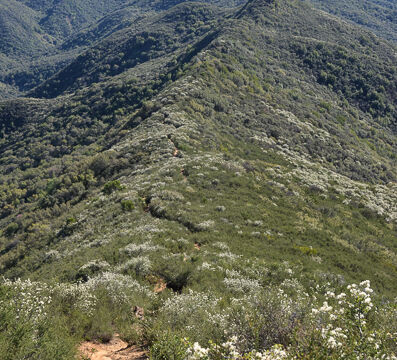
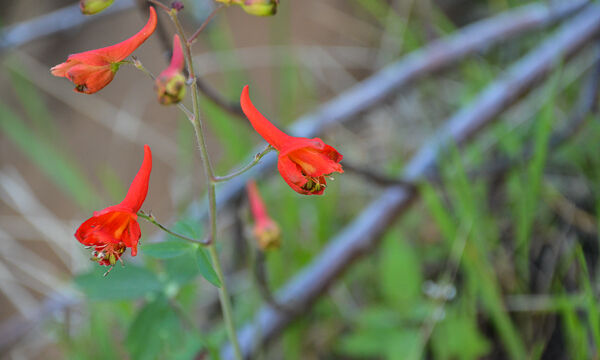

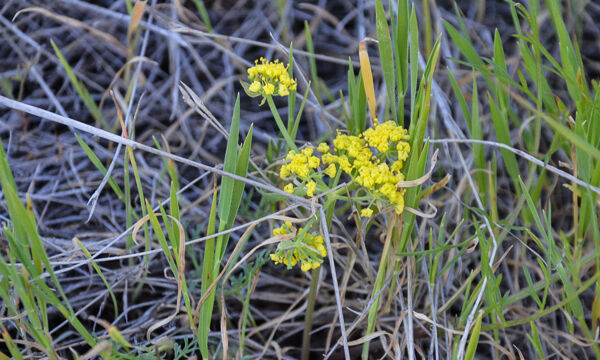
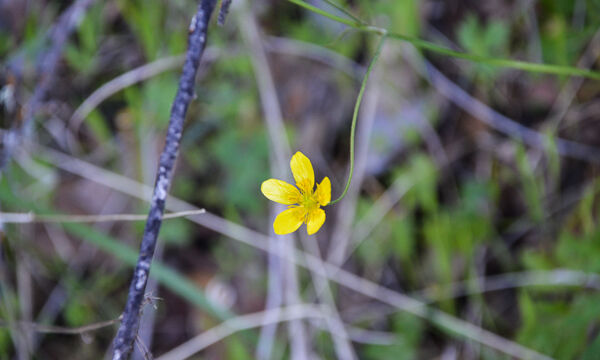
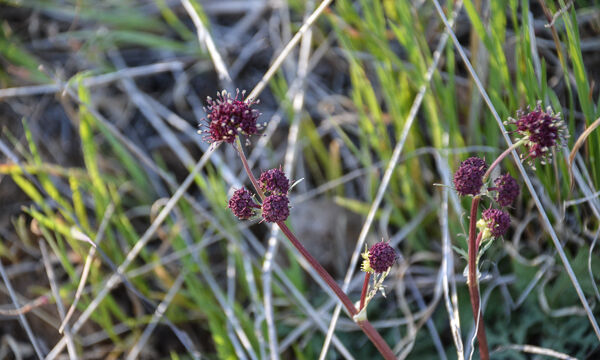
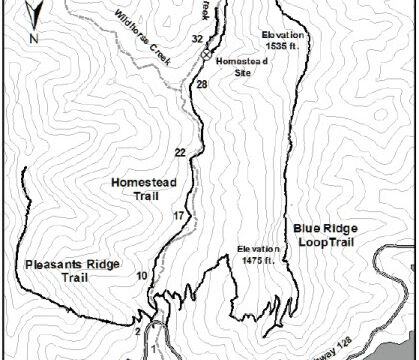
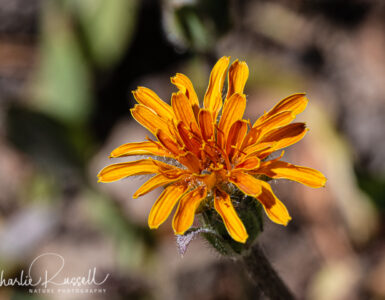
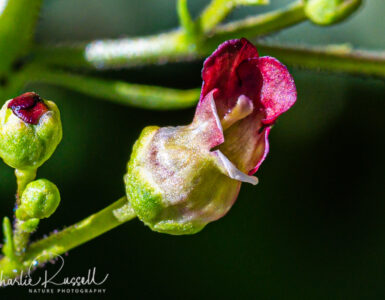
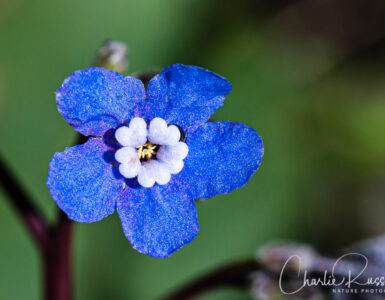
[…] his detailed report with directions, flowers in bloom and photos at: Stebbins Cold Canyon Reserve Wildflowers See all of his hikes at: California Wildflower […]
Nice to see somewhere with a lot of flowers in this rather sparse year. I can see you found lots of my favorite flowers in bloom at Stebbins. I mentioned and linked to you at Natural History Wanderings.
Sandy
Photo #9, the Yellow ‘unknown’ flower is wild pea. Photo #24, the other ‘unknown’ is either dill or anise; I’d have to smell it to know. Dill, obviously smells like dill (pickle); and anise smells like black licorice.
Thank you, Sandy, for the help with identifying some of the flowers.
BGenie, I’m fairly sure that #24 is Hog Fennel (based on some other pictures of that which I didn’t post here), but I’ll admit that I didn’t smell the leaves. As far as #9, do you have a suggestion for a latin name? What you can’t tell from the picture is that this is a very small flower. I was thinking Hill Lotus (Lotus humistratus) but the leaves aren’t quite right. Thanks!
Thanks for such a highly detailed report. Definitely adding this hike to my list of things to do.
Hi there,
Thank you for your great hike description and flowers! We enjoyed the hike very much and I was stoked to finally see California pipevine!
As for your unknowns, #1 is a Dove’s foot geranium (Geranium molle), #9 I agree with others that it is a type of lotus, and your #21 is a Bird’s eye speedwell (Veronica persica). You can use Calflora.org to double-check these id’s… it’s such a great resource!
Happy hiking.
Thanks for the help. Britt! Did you just take this hike recently? I haven’t been out there this spring.
When we took this hike the Pipevine was all over the place, I was quite happy to find so much of it. I’ve also seen it in the Bidwell area near Chico
Oops, miscounted- #18 is the Veronica.